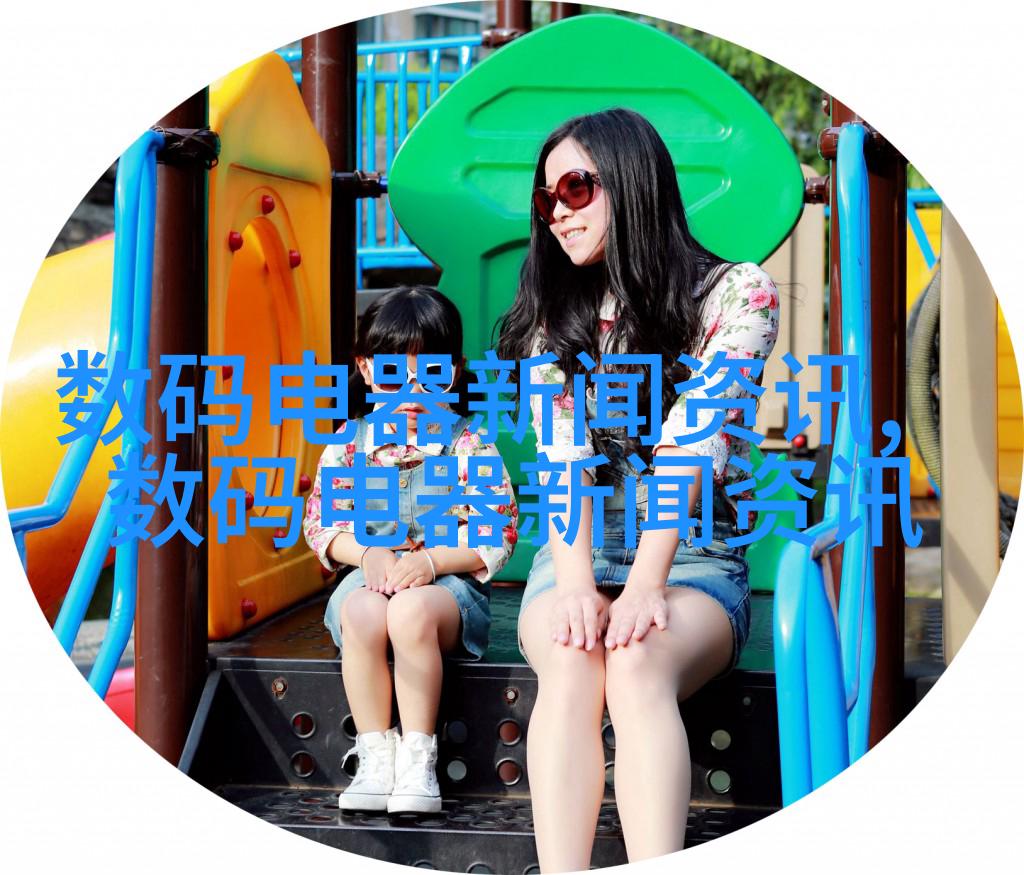安全环保的选择创新化工药品包装材料的发展趋势
随着全球化和科技进步,化工药品包装材料在保证产品质量与环境保护之间寻求平衡的道路上不断前行。以下六个方面阐述了这一领域当前面临的问题及其解决方案。

环保原料的使用
现代化工药品包装材料 industry increasingly adopts eco-friendly materials to reduce its carbon footprint and minimize the environmental impact of production processes. Biodegradable plastics, for instance, offer a sustainable alternative to traditional petroleum-based packaging materials. These bioplastics are derived from renewable resources such as corn starch, sugarcane or potato starch, which can be easily decomposed by microorganisms in natural environments.

高效能设计
Efficient design plays a crucial role in optimizing the use of packaging materials while maintaining product safety and quality. Innovative designs often focus on minimizing material usage without compromising performance or functionality. For example, designers have developed multi-layered packages that utilize different materials for specific functions—such as barrier properties or cushioning—and eliminate unnecessary layers.

安全性能提升
The development of advanced testing methods has enabled manufacturers to create safer and more reliable packaging solutions for hazardous substances like chemicals and pharmaceuticals. New technologies allow for real-time monitoring of temperature changes during transportation, ensuring that products remain within their designated temperature ranges throughout distribution channels.

供应链管理
Effective supply chain management is essential in streamlining the production process and reducing waste generation at every stage—from raw material sourcing to end-product disposal. Companies are adopting lean manufacturing techniques that minimize inventory levels while maximizing efficiency through continuous improvement initiatives.

用户教育与培训
User education is vital in promoting responsible handling practices among consumers who come into contact with chemical-based products packaged with innovative materials designed to protect both humans and the environment from potential hazards associated with these substances.
6. 技术融合与未来展望
The integration of cutting-edge technology into package design offers new avenues for innovation while addressing ongoing challenges related to cost-effectiveness, sustainability, and regulatory compliance across diverse industries such as cosmetics & personal care goods; medical devices; food processing supplies; etc., where accurate dosage control remains paramount due to varying regulations worldwide based on drug classification categories (e.g., prescription drugs vs over-the-counter medications).
In conclusion, advancements in technology combined with an increased focus on environmental stewardship will continue shaping the future landscape surrounding modernized chemical/pharmaceutical package solutions—ones that prioritize safety standards alongside eco-friendliness requirements alike—while also supporting economic growth through resource-efficient means fostering global collaboration between governments & industries alike towards creating better world now & tomorrow!
